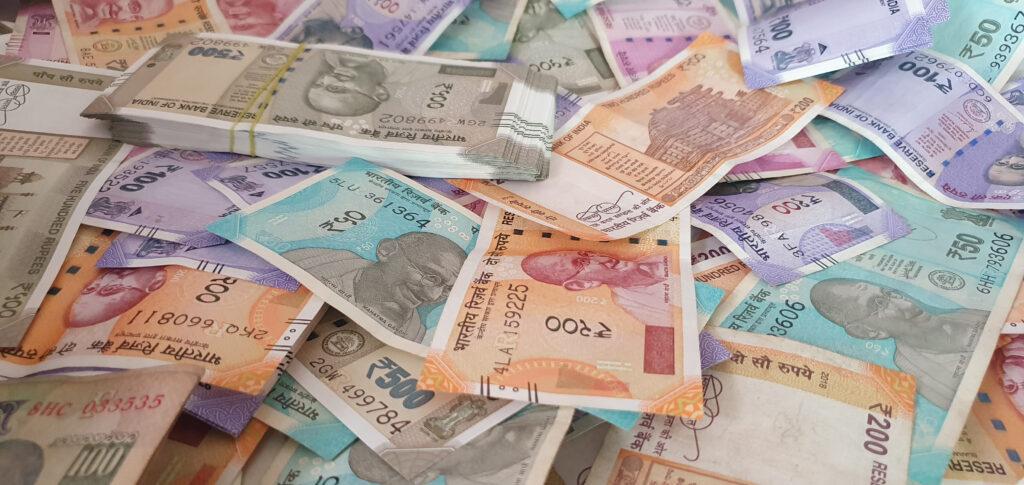
Indian currency: Rupee notes, coins and rates
The Indian rupee is one of the most widely traded currencies for travellers, and if you’re heading to India, understanding how it works is essential.
Before you go, it’s a good idea to buy Indian rupees from a trusted bureau de change in the UK.
Knowing what currency in India looks like, what denominations to expect, and how to get the best value for your holiday money helps you avoid stress when you land.
In this guide, we’ll walk you through the official currency of India, from rupee coins and paper currency to the currency symbols, historical background, and tips on converting your British pounds.
Whether you’re buying travel cash or just curious about how the Indian currency exchange system works, you’ll find everything you need right here.
Currency code
The official currency of India is the Indian rupee. The currency code for Indian rupees is INR.
This code is used across global trading platforms, travel money services, forex sites and online currency converter tools.
Understanding the code is essential whether you’re checking the INR to USD rate, planning to convert Indian rupees to British pounds, or comparing providers.
The code for Indian rupees is a key part of how the Indian currency operates in a connected, digital world.
It ensures accuracy and consistency across borders, making it easier to track exchange rates, send money, and manage travel cash efficiently.
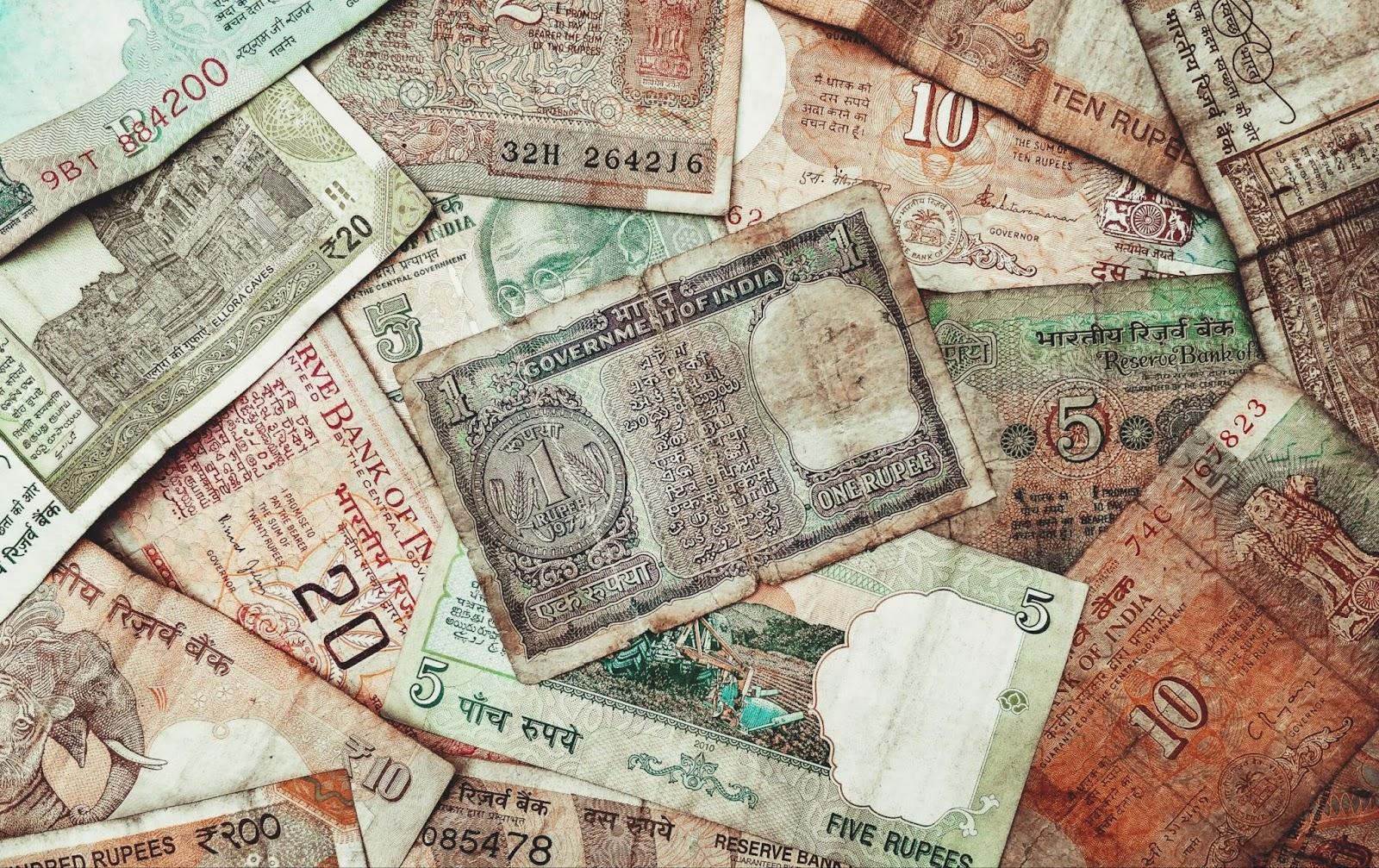
Currency of India: A quick history
The currency of India has a rich and complex story that stretches back thousands of years.
The term ‘rupee’ is derived from the Sanskrit word rūpya, meaning “wrought silver” or “a silver coin.”
In ancient India, silver and copper coins were used in trade as early as the 6th century BC, making the Indian rupee one of the oldest continuously circulating currencies in the world.
Historical texts and sources, including Wikipedia, highlight how India’s early monetary systems were among the most advanced of their time.
These early coins laid the groundwork for a unified currency system that evolved significantly over the centuries.
In the 16th century, the Afghan ruler Sher Shah Suri introduced a standardised silver rupee during his short reign.
His version, known as the rupee coin, set a precedent for future Indian currencies and remained in use under subsequent Mughal emperors.
During the colonial era, the British East India Company played a defining role in shaping India’s monetary system.
The company issued the first widely circulated forms of paper currency, strengthening previously fragmented local coinage systems.
By the mid-1800s, a more formal banking structure emerged. Under British rule, the rupee became increasingly standardised, with coins and notes featuring British monarchs and symbols.
Following independence in 1947, the Government of India took full control of its monetary policy.
Today, the official currency of India is the Indian rupee (INR), issued by the central bank, the Reserve Bank of India (RBI).
The RBI regulates note design, circulation, and currency conversion, and operates within a managed float system to stabilise the rupee’s value on the market.
From hammered silver rupees and colonial-era banknotes to today’s colourful, digitally secure notes and coins, Indian money has come a long way, while still honouring the deep traditions of its past.
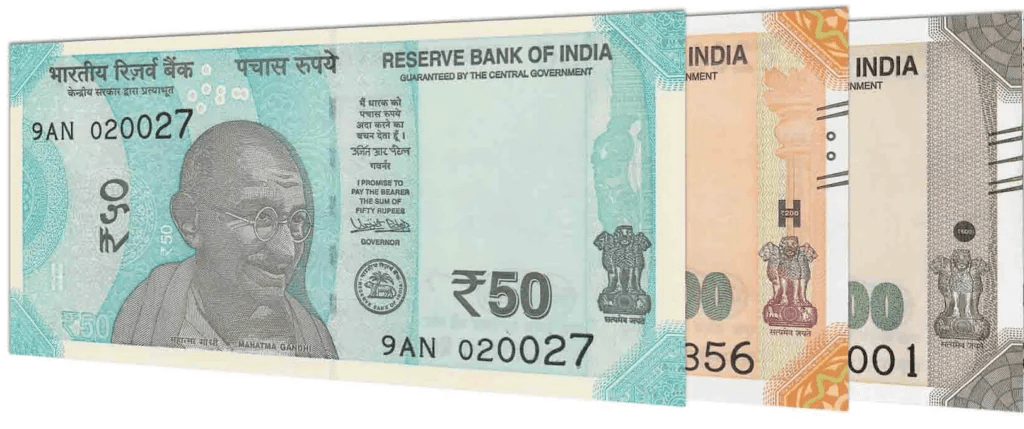
Indian rupee notes – what you’ll see in your wallet
When you land in India, the first thing you’ll likely do is reach for your Indian rupees, and knowing what’s in your wallet can make spending easy and stress-free.
The most commonly used Indian rupee notes are ₹10, ₹20, ₹50, ₹100, ₹200, ₹500, and ₹2,000.
Each denomination is a different size and colour, making them easy to distinguish at a glance.
The notes feature a mix of famous Indian landmarks, symbols of technological progress, and culturally significant imagery.
For example, the ₹500 note features the Red Fort, while the ₹100 note showcases Rani ki Vav, a stepwell in Gujarat.
All notes are printed by the Reserve Bank of India and are considered legal tender across the country.
They include multiple security features, like watermarks, security threads, latent images, and colour-shifting ink, to prevent counterfeiting and ensure public confidence.
It’s common to receive a mix of older and newer designs, as older notes remain in circulation.
While ₹2,000 notes are still valid, they are being phased out and may be harder to spend in smaller shops.
You’ll typically find your wallet filling up with smaller denominations like ₹50, ₹100, and ₹500, which are the most useful for everyday expenses.
Taxis, markets, cafés, and even tourist attractions often prefer cash in these amounts.
It’s also worth noting that many places may be reluctant to break larger notes, so it’s a good idea to carry smaller values when possible.
Whether buying snacks, tipping hotel staff, or shopping at local stalls, understanding what’s in your wallet helps you pay confidently during your stay.
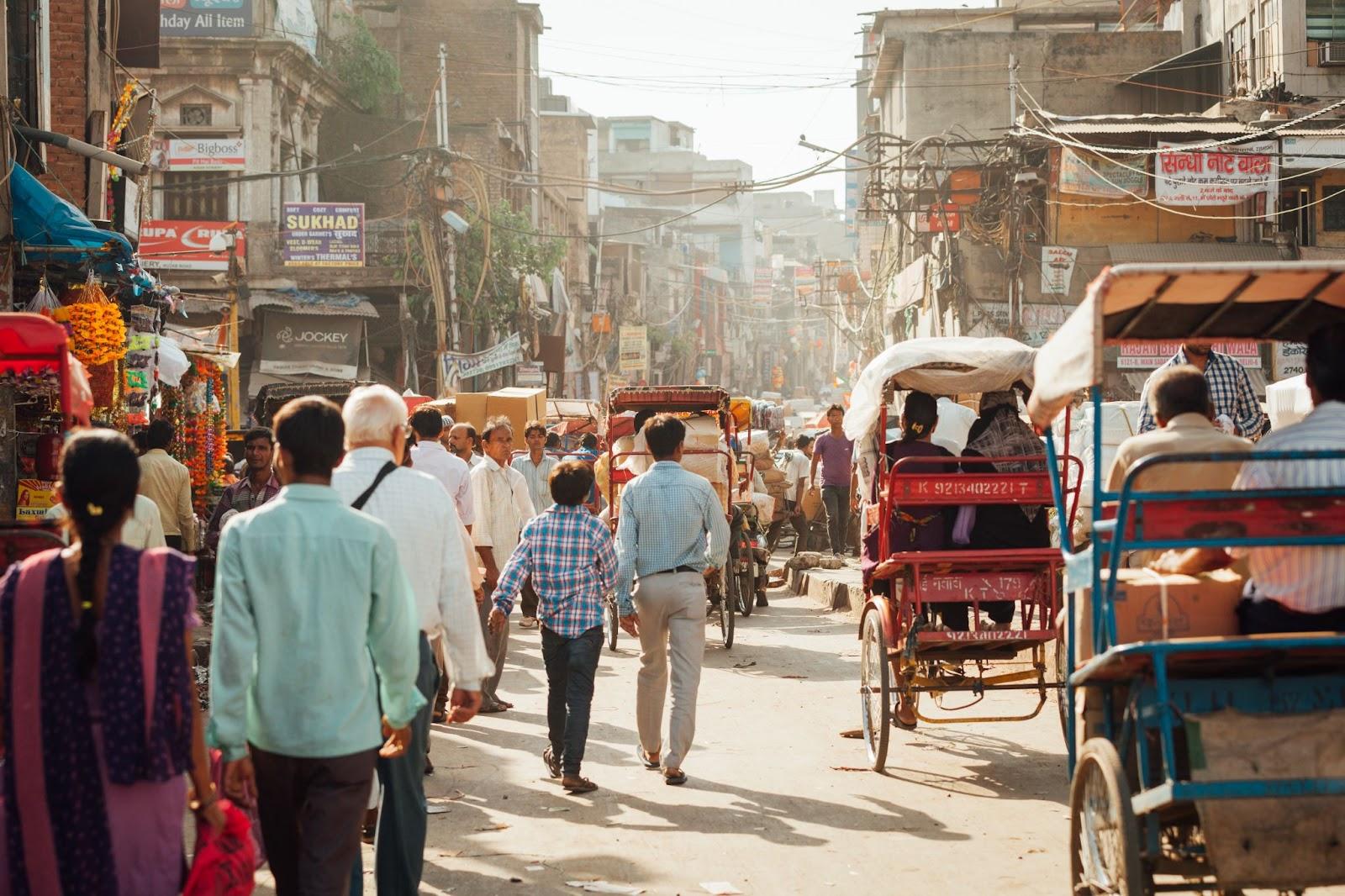
Indian rupee coins
While notes dominate most daily transactions in India, Indian rupee coins are still very much in circulation and play a key role in everyday cash payments.
You’ll typically encounter coins in denominations of ₹1, ₹2, ₹5, and ₹10, with ₹20 coins occasionally issued as well.
These coins are most often used for giving and receiving change, small purchases, or tipping.
It’s common to receive coins when paying with cash for local transport, street food, bottled water, or minor convenience items.
Modern rupee coins have been redesigned over time for better durability and accessibility.
They are minted in various shapes and sizes and often feature the Lion Capital of Ashoka, a national symbol of India.
Many coins also include tactile elements such as raised edges or differing textures to support users with visual impairments.
Although you might not rely on coins for larger purchases, it’s worth keeping a few in your wallet.
Shops, rickshaw drivers and small vendors often prefer exact change, especially when dealing with ₹10 or ₹20 items.
When you buy Indian rupees from a bureau de change in the UK, your order may include a mix of banknotes but is less likely to include coins.
These are usually picked up during your travels in India through day-to-day spending.
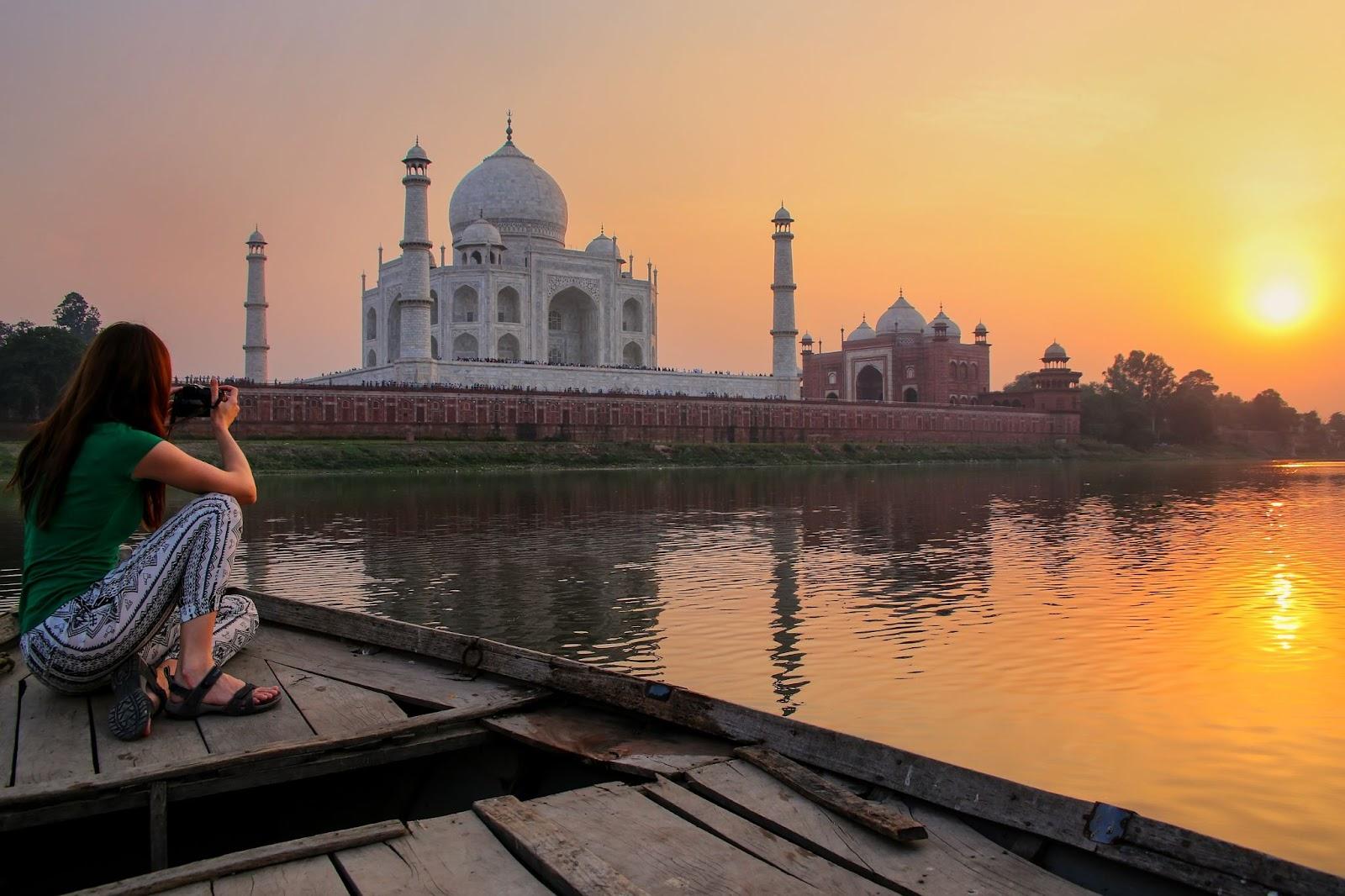
What does the Indian currency symbol mean?
The India currency symbol ₹ is instantly recognisable today, appearing on everything from banknotes and official documents to currency converter tools and digital payment apps.
Officially adopted by the Government of India in 2010, the ₹ symbol was designed to reflect both tradition and modernity.
It combines the Devanagari letter ‘र’ (used in Hindi and other Indian languages) with the Latin capital letter R, creating a shape that is uniquely Indian yet internationally readable.
This clever design choice makes the rupee sign accessible to both domestic and global audiences, bridging linguistic and cultural boundaries.
The introduction of modern rupee symbols like ₹ marked a significant step in presenting the Indian rupee (INR) as a confident and independent currency on the world stage.
Using Indian money in daily life
Most people in India still use cash daily, though digital payments have seen a massive rise.
When you visit, you’ll likely pay for goods and services using notes, coins, QR codes, or online apps.
Mobile wallets like Paytm and Google Pay are now common for both locals and tourists.
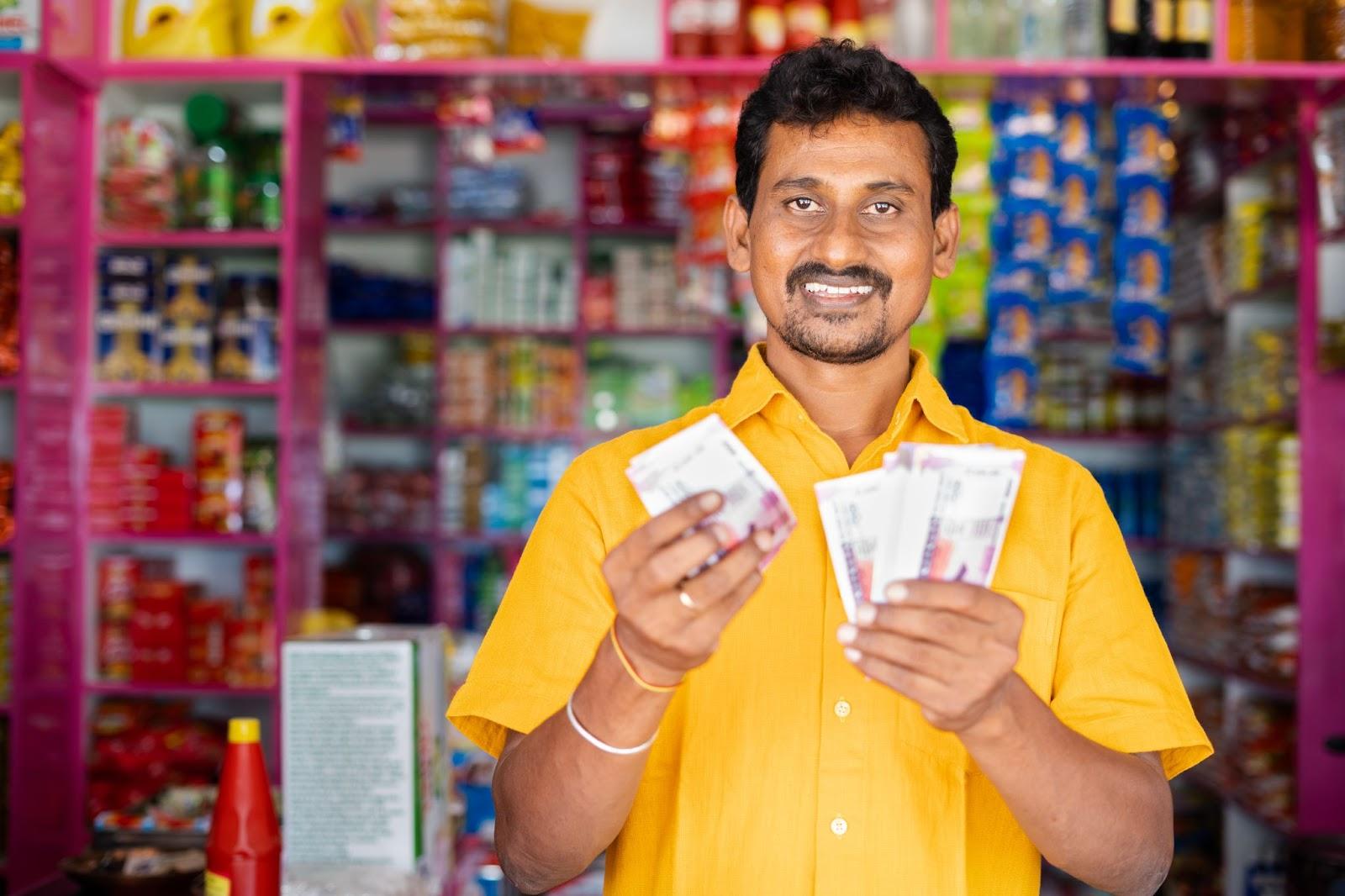
Popular Indian rupee exchange scenarios
If you’re travelling to India for a holiday, visiting family, or heading out on business, it’s a good idea to arrange your Indian rupee exchange before you fly.
Travellers, students and holidaymakers often need Indian rupees on arrival for expenses like taxis, food, tips and entry fees.
Planning ahead helps you avoid poor rates at airports or unfamiliar locations abroad.
At Manor FX, you can buy Indian rupees online and choose secure home delivery or click and collect from our travel money shop in Datchet near Heathrow.
We make it easy to track rates in advance, with competitive pricing and no hidden fees.
All costs are clearly displayed for complete transparency, so you know exactly what you’re paying before you confirm your order.
Buying Indian travel money – converting British pounds to Indian rupees
Having Indian rupees in your wallet when you land in India means you’re ready for cash-only expenses like taxis, tips, markets, and street food the moment you arrive in cities like Delhi or Mumbai.
You can buy Indian rupees securely in the UK through a bureau de change like Manor FX.
Ordering ahead lets you track the conversion rate, avoid last-minute stress, and compare deals with no hidden fees.
To convert British pounds to Indian rupees, you’ll need to check the rupee exchange rate, which fluctuates daily.
Factors like interest rates, inflation, market trends, and global demand for INR drive these changes.
A trusted provider or online currency converter will show you how many Indian rupees you’ll receive for your GBP on the day you order.
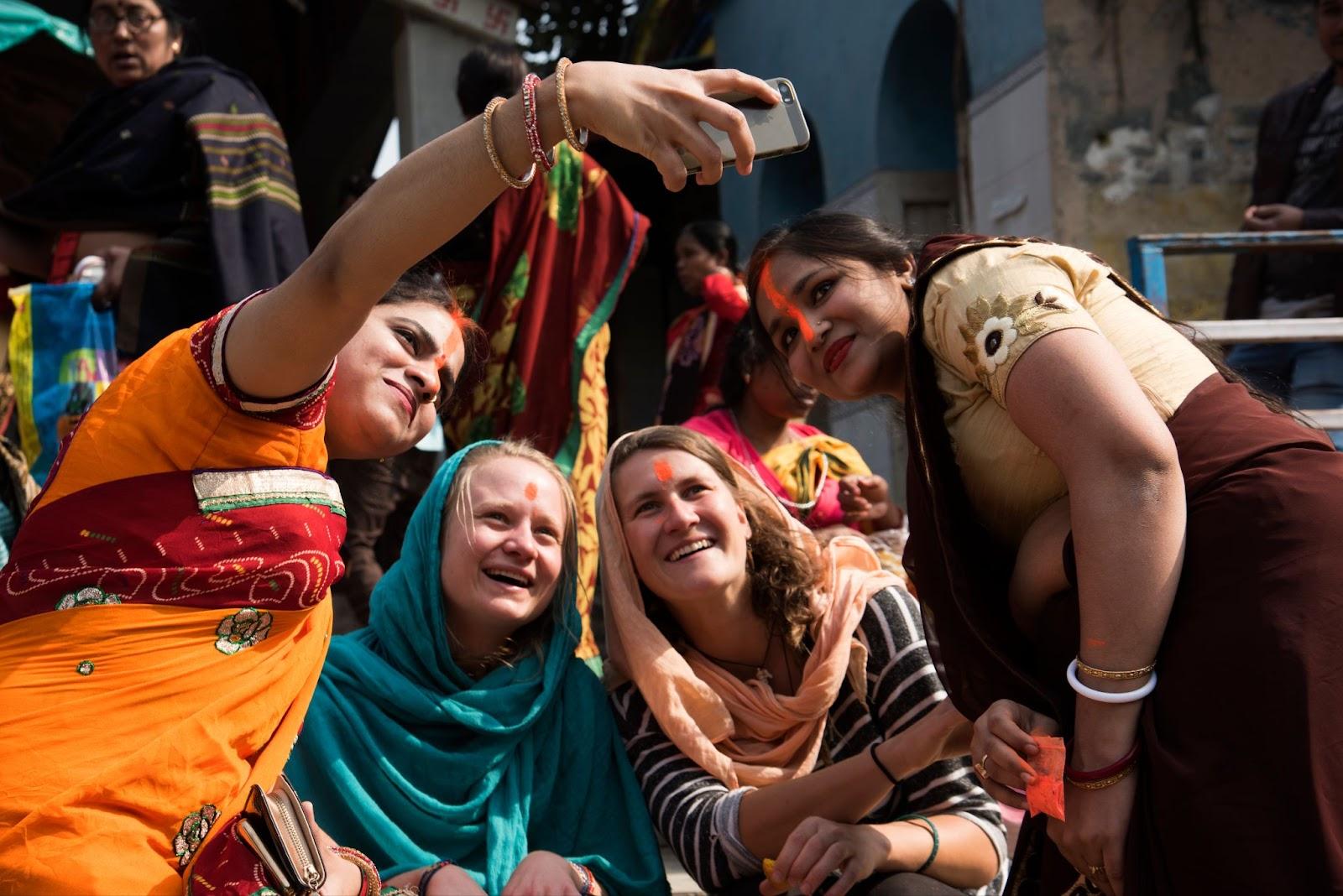
Need to convert Indian rupees back to GBP
Need to convert Indian rupees to pounds after your trip?
Manor FX is a currency converter that offers conversion both ways.
Just keep in mind that conversion rates and margins can differ depending on whether you’re buying or selling currency, so it’s always worth checking both directions before you buy.
Exchange rates – what influences the INR value?
The exchange rates for the Indian rupee (INR) are shaped by a mix of economic and political forces.
These include inflation, interest rates, trade balances, and wider global market conditions.
Decisions made by the central bank, the Reserve Bank of India, also play a key role in setting monetary policy and managing currency stability.
India operates under a managed float system. This means the value of the rupee is influenced by supply and demand on the open market, but with interventions by the central bank to prevent extreme fluctuations.
When comparing providers or using a currency converter, it’s important to understand the difference between retail rates and mid-market rates.
The mid-market rate is the rate banks use when trading currency between themselves.
As a consumer, you’ll usually receive a slightly different rate that includes a conversion margin or fees.
Knowing how the INR is valued helps you spot a good deal and avoid paying more than necessary when buying Indian rupees for your trip.

Buying Indian rupees in the UK
Using a trusted bureau de change like Manor FX means you can check today’s conversion rate and buy Indian rupees online quickly and securely.
It’s ideal if you want INR online without delays or hidden fees.
Ordering Indian rupees online is straightforward. You can choose between home delivery or collection, whichever best suits your travel plans.
With Manor FX, you get competitive exchange rates and complete transparency, so you know exactly what you’ll receive for your money.
While we don’t offer account services or international transfers, we specialise in helping UK travellers buy Indian rupees easily and reliably, making your holiday prep that little bit smoother.
Takeaways
From recognising Indian rupee notes to understanding the currency code and spotting a good exchange rate, being informed about Indian money helps you make better decisions when planning your trip.
At Manor FX, we make it easy to buy Indian rupees in the UK with competitive exchange rates, secure delivery, and no hidden fees.
Whether you’re heading to India for a holiday or business, you can order INR online and have your travel money sorted before you fly.
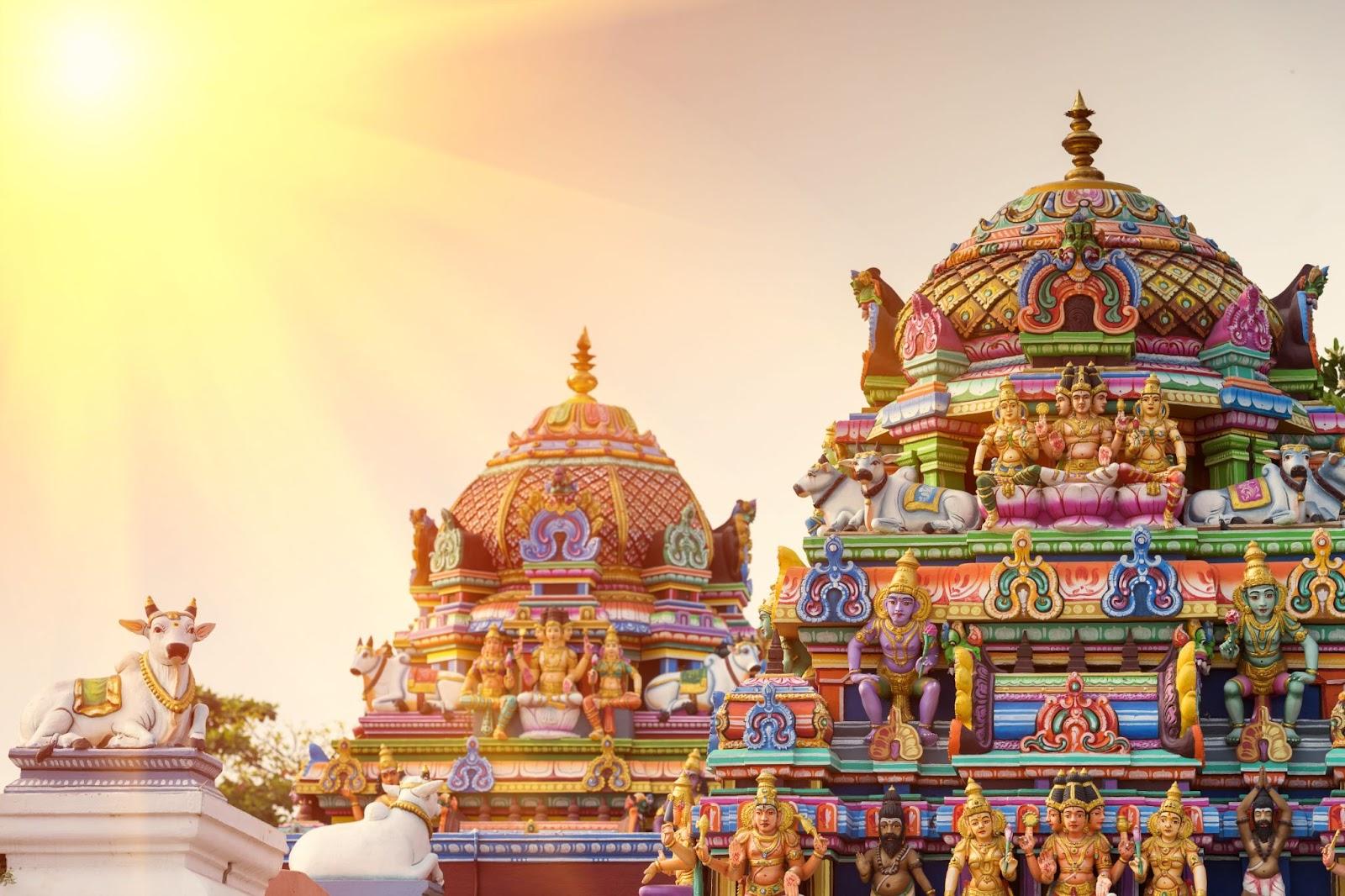
FAQ:
How many Indian rupees to a pound?
The number fluctuates daily. Check the latest rate is the INR using a trusted online currency converter or our exchange rates page.
What is 1 pound in London in Indian rupees?
It depends on the provider. At Manor FX, we offer competitive rates with low fees, so you get more Indian rupees for your GBP.
What is the best exchange rate for Indian rupees?
The best Indian rupee exchange rate is typically close to the mid-market rate. Compare rates across banks, bureaux, and online providers to find the best deal.
How much is the pound against the rupee?
The pound to Indian rupee rate changes throughout the day. Use our tool to check today’s conversion rate before you buy or send money.